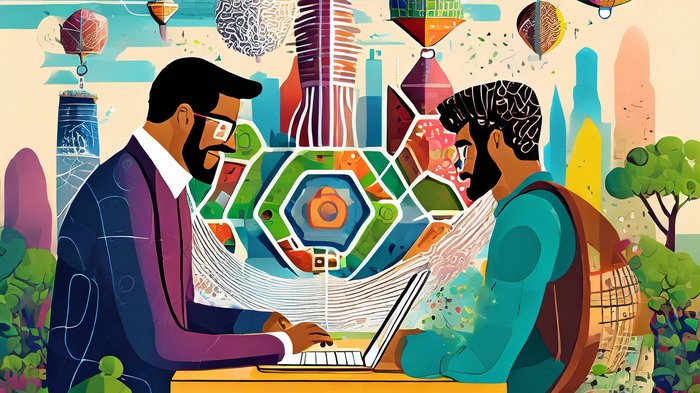
Odense is the third-largest city in Denmark with a population of about 200,000 citizens. The municipality has created a Smart City strategy, which includes an approach called Living Labs and an Open Data project. The goal of the living labs is to include citizens, businesses, and educational institutions in decision-making and development of new solutions. Living Lab approaches are adopted by cities all over the world, testing and developing new approaches in real-life settings and with actual local stakeholders being involved from the start. The European Network of Living Labs has over +480 members worldwide and regularly publishes guidelines, holds events and lobbies for living lab approaches.
The living lab in Odense municipality locally implements new projects, generates ideas, develops prototypes, and tests technologies which are all related to the Smart City approach. Citizens know the city better than anyone, and solutions need to reflect citizens' concerns and interests to be sustainable. The approach works with existing networks and connects different actors in the local society, citizens, local businesses, the municipality, and different local insitutions.
The Living Labs in Odense concentrate on the four categories People, Borgernes Hus [Citizens’ House], Climate, and Traffic. The importance of the project is to gather data within all these categories, local projects, and initiatives and publish the data on a platform that citizens can access.
Under the category of people, the main project at the moment is sensors which measure how many people pass by at any given moment, in a given part of the municipality. Under Climate, their main focus is Odense harbor where they measure water levels and quality and try out solutions to help prevent floods.
Odense municipality has a Borgernes hus (Borgernes Hus Odense ), where they have installed different types of sensors that can measure indoor climate and movement inside the house, which helps them visualize the impact of a human presence in a physical room.
Odense’s approach to managing traffic, for example, involves a wide range of sensors in urban space to monitor trends in road usage and evaluate the generated data with partners and citizens. Data and solutions for better infrastructure in Odense municipality are published on a separate website, where all citizens can access them.
(MB)